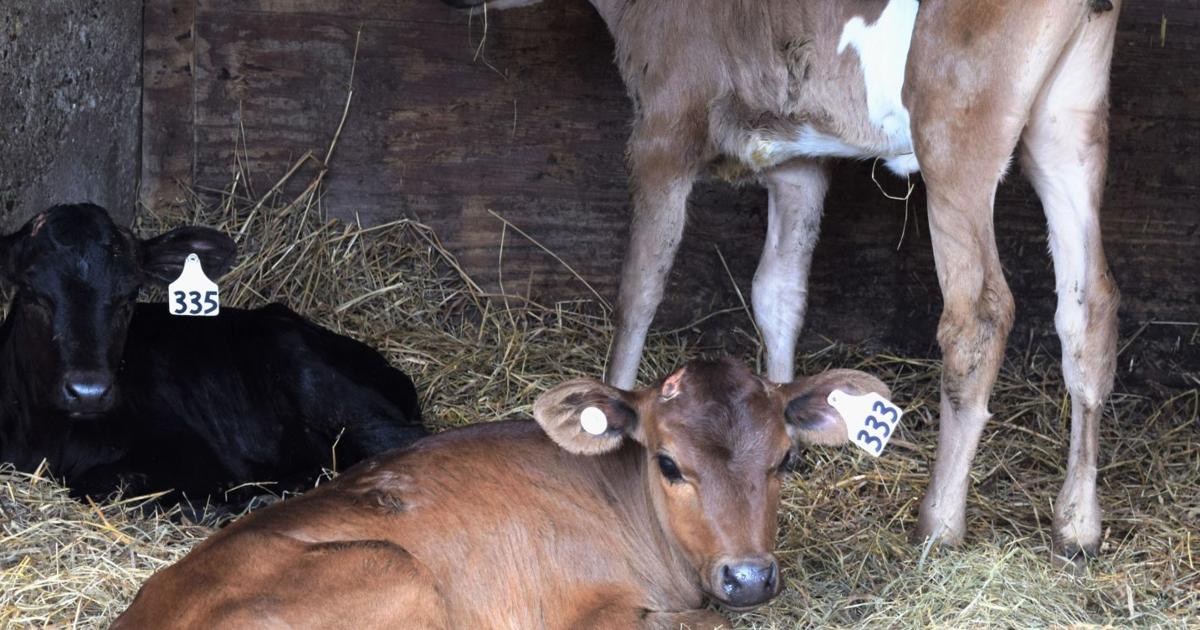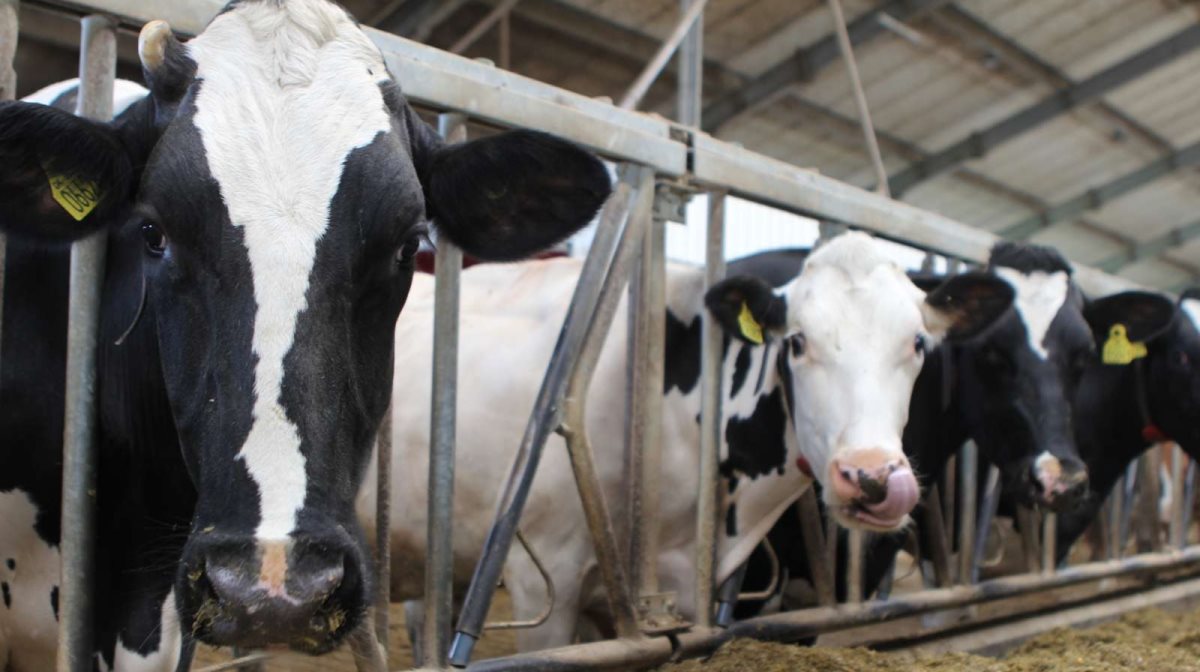Salmonella Dublin spreading from cattle to humans in alarming ways
Salmonella Dublin, a bacteria long associated with cattle, has now drawn the attention of health experts worldwide after researchers confirmed its growing ability to spread to humans. Once primarily a threat to dairy and beef herds, this strain has become a dangerous superbug with rising antibiotic resistance, making infections harder to treat and potentially fatal in vulnerable groups.
A recent study by scientists in the United States analyzed more than 2,000 strains of Salmonella Dublin collected from cattle, humans, and the environment. The results showed that all strains were genetically similar, confirming how easily the bacteria can cross between species. This interconnectedness means that controlling the spread is no longer just about farm management it requires a broader approach that considers human, animal, and environmental health together.
Salmonella Dublin infections in cattle usually cause severe illness or death, but in people, the risks are equally concerning. Unlike typical salmonella infections that mainly cause stomach distress, this strain is known to trigger dangerous bloodstream infections. Such cases often lead to longer hospital stays, severe complications, and in some instances, death.
Salmonella Dublin and the threat of antibiotic resistance
One of the most alarming findings is the bacteria’s high resistance to critical antibiotics, including tetracycline and cephalosporins. These drugs are usually the frontline treatments for severe infections, but when bacteria develop resistance, doctors are left with limited options.

The rise of antibiotic-resistant bacteria is not new, but Salmonella Dublin stands out because of its ability to persist across cattle herds, dairy products, and meat supplies. Contaminated milk, cheese, and beef, as well as direct contact with infected cows, are the primary ways it reaches humans. Also Read: BTS Kim Taehyung Shines Bright: 5 Powerful Updates Winning Fans’ Hearts
Experts warn that if left unchecked, this superbug could fuel a public health crisis in major beef and dairy-producing countries like the United States. With millions relying on these food products daily, even small lapses in food safety could expose large populations to dangerous strains.
Salmonella Dublin poses higher risks for the vulnerable
Health specialists highlight that not everyone faces the same level of danger from Salmonella Dublin. For children, the elderly, and people with weakened immune systems, the infection could prove life-threatening. Longer illness periods, stronger symptoms, and fewer treatment options mean that once infected, recovery is far more difficult for these groups.
The Centers for Disease Control and Prevention (CDC) already reports that salmonella bacteria in general cause around 1.2 million illnesses in the US every year. If Salmonella Dublin continues to spread with its high resistance levels, those numbers could rise significantly, putting pressure on hospitals and food safety systems.
The concern also extends to farm workers and others in direct contact with cattle. Since the bacteria can pass from animals to people, those handling livestock are at heightened risk, making biosecurity and hygiene measures critical on farms.
Conclusion
Salmonella Dublin has shifted from being a cattle-focused disease to a growing human health threat. Its resistance to antibiotics, ability to spread through food, and potential to cause deadly infections make it a superbug that cannot be ignored. For now, the focus remains on stronger food safety standards, responsible antibiotic use in agriculture, and increased awareness about its dangers. If not addressed quickly, experts fear Salmonella Dublin could trigger a new wave of difficult-to-control infections.

